From Snaps to Masterpiece: Unleashing Your Inner Photography Genius.
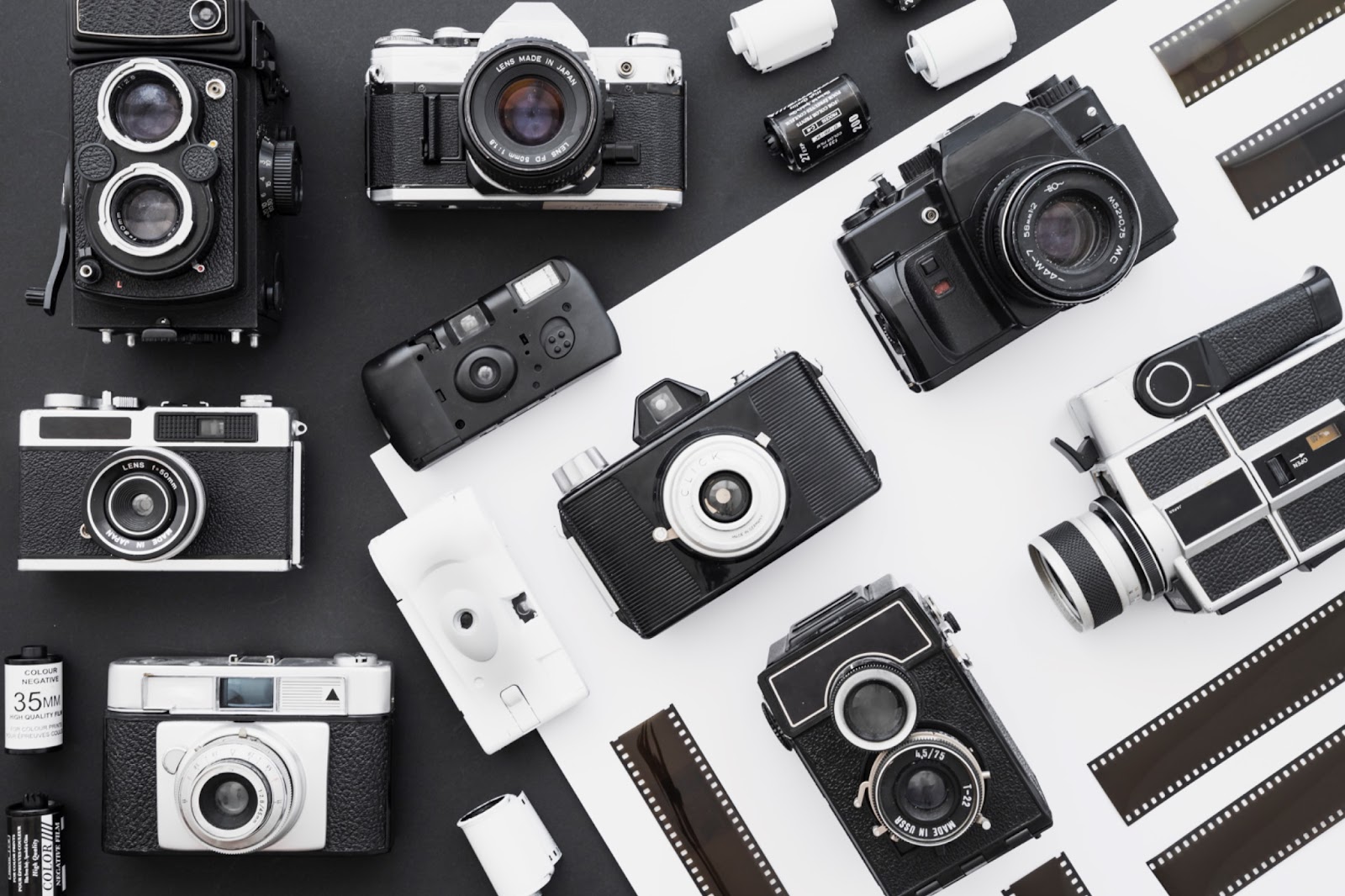
A good photographer is tech-savvy, possesses the required artistic vision, and potentially has a passion for the work they do. Through a deep knowledge of fundamentals such as exposure, composition, lighting, and camera settings, they will be able to produce high-quality photographs.
But a photographer cannot be good from technical excellence only. They should possess rich knowledge, skillfully arrange the frame, a powerful sense of aesthetic and style as well as passionate story telling. People with good photography skills are constantly developing, and this allows them to always be the masters of everything that goes in-between discovering new means of capturing beautiful pictures.
Know the value of composition, framing, and timing, as well as using them creatively in order to produce appealing pictures. This skill also enables them to make short links and relations with their pieces, whether that is a person, a landscape or an object, and helps them to have the listeners hooked and ready to discover real moments and stories.
In summary, what makes a great photo graphic might be the capacity to associate themselves with people. Pictures, at times, make the audience share a view or promote them to embrace the idea. It is not a matter of situation, whether capturing ordinary moments or fantastic scenes, skilled photographers always have the ability to awaken, encourage thinking and make great and profound impressions.
Unleash your inner photographer: From to Masterpiece:
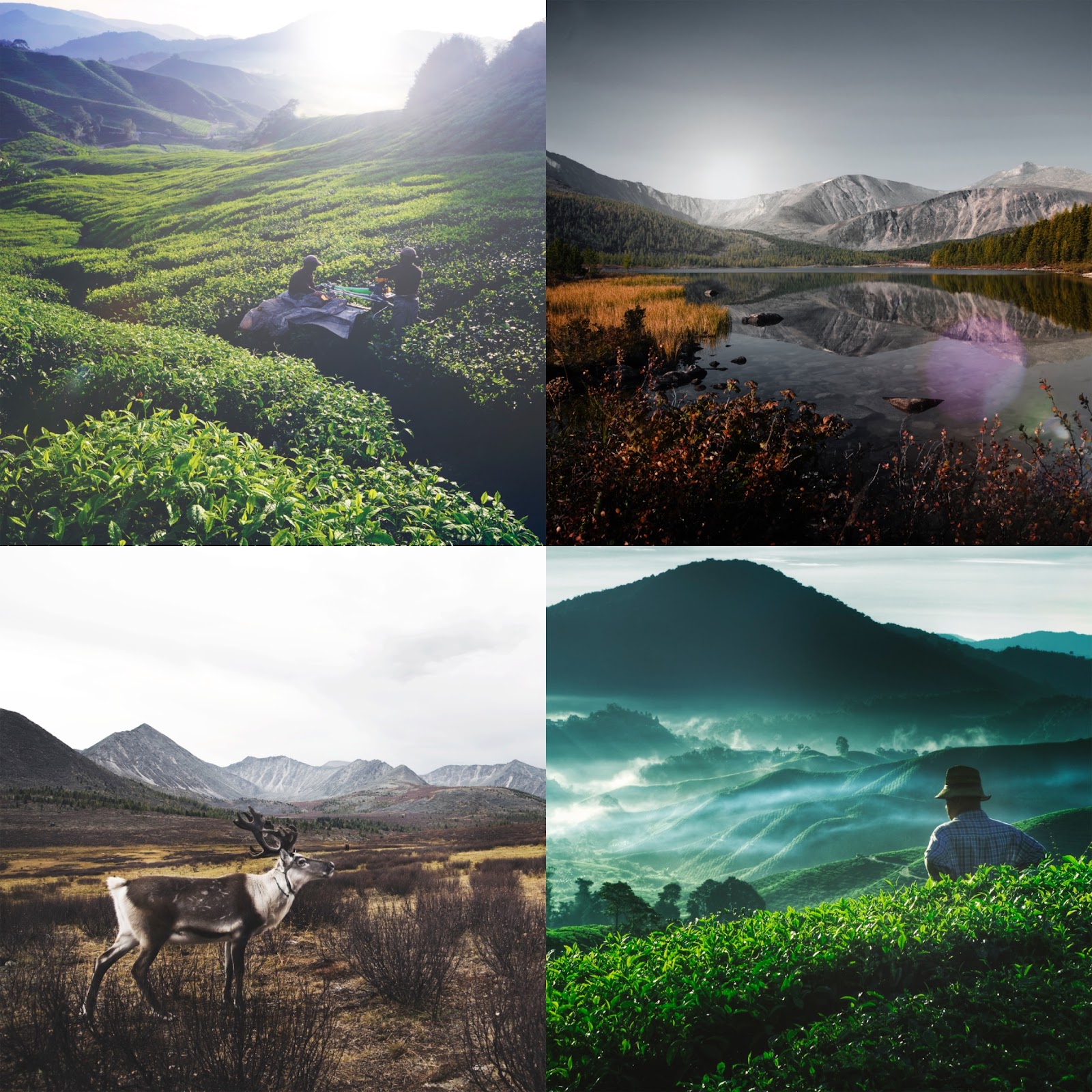
Introduction to Photography: The passage from the time that gets simple photos through the line of the creation of works of art might start with grasping the basics of photography. This section covers topics such as how a media’s construction is influenced by the viewer’s perspective, the way the scene is framed, the particular light used, and the camera settings. It is the most appropriate introductory subject and sets the platform for other practical subjects.
Develop a creative eye: Besides that, photography is also an art. It requires not only having the technical skills but also following a vision that is of your own style. This heading talks about the materials that include inspiration, self-image development, and the ability to view the world through a camera. The exercises and challenges may encourage the photographers to grapple with diversifying surroundings in an attempt to photograph using different approaches. This is the part where humanization is done.
Key Composition: Composition is that corner that gives rise to explaining images that have an impact. This type of photography will explore the composition guideline analysis in more detail, covering the Rule of thirds, reading lines, framing, and balance. Those who read this article will know how to apply these techniques to picture-making in order to express both a separate message and a particular emotion.
Understand Lights: Light is the essence of all photography – without knowing how to manipulate it properly you will never be able to attain the image you have envisioned. Transform avoiding the ordinary to the glimpse of the other world. This part includes elements like nature of light, artificial light and the manner of sculpting the light as well as manipulating it to make desired effects.
Explore different Genres: Photos come in the form of portraits, such as landscapes and, even, the streets. We now have wildlife photography, and other genres as we go along.This part covers all various types including quick guides on each for your favorite type. Through photography, the viewers may engage themselves into various genres to determine what their interests and talents are.
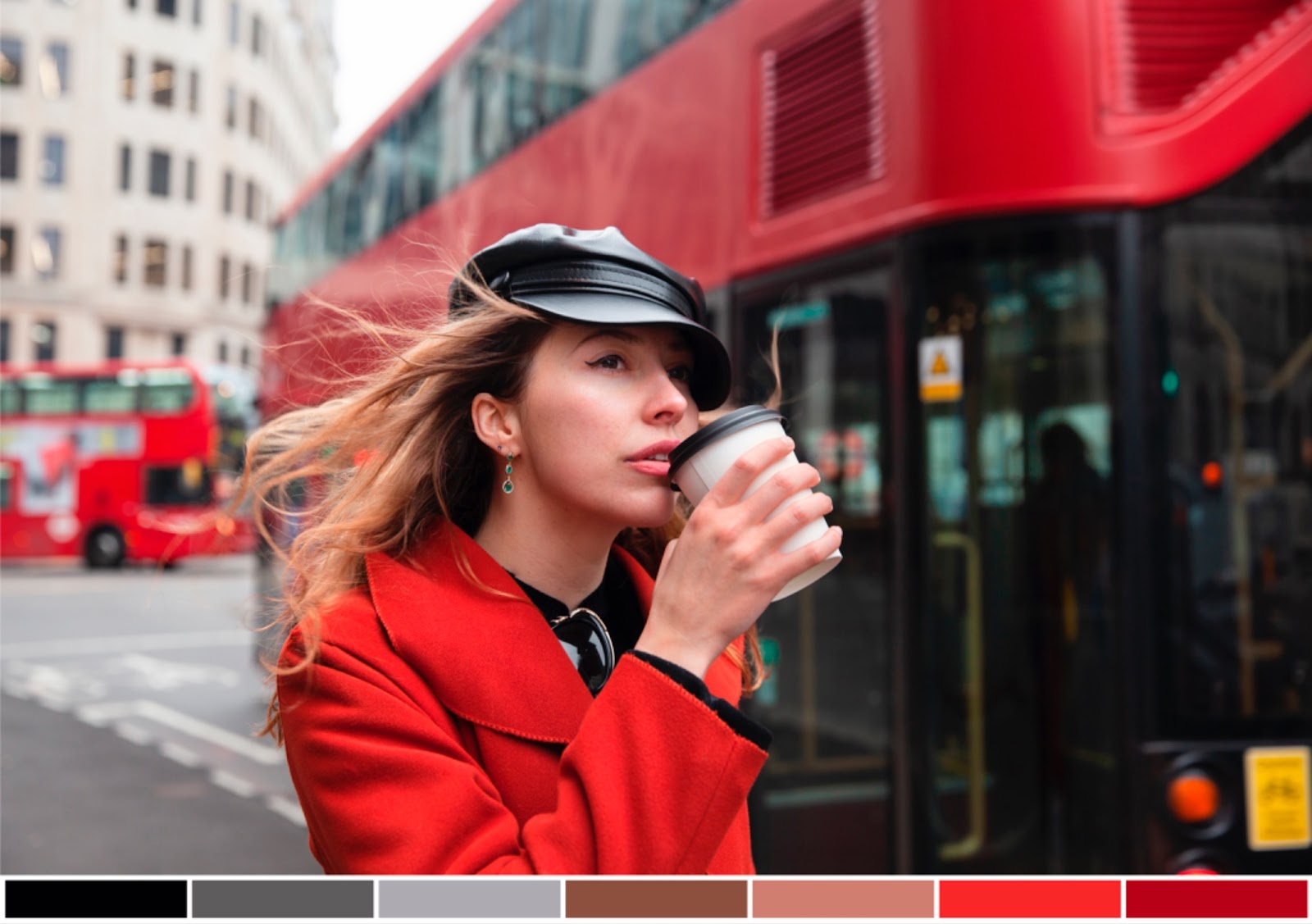
Processing and Editing: In digital photography, staying abreast with new approaches is a necessity. The segment explains the fundamentals of photo-editing software, image enhancement approaches, and ethical concerns regarding digital maneuvers. Students will be taught how to use image editing tools to make their pictures look fabulous and to reflect the ideas and ideals they wish to convey.
Build your portfolio and brand: It could be one of a photographer’s greatest wishes to get their work printed or displayed. This part gives practical tips on building a portfolio, dealing with personal branding, and how to become a good photographer. Through an expert professional photographer course, the following topics are covered: building a professional website, connecting with other photographers and industry professionals via networks, getting on to galleries, and getting one’s name among online reviews.
Continuation: The learning process is infinite and takes time. You never stop but you learn something new every day. And it gets better. The closing section of the article provides its readers with a summary of the tips and encourages them to keep improving their skills by being creative and inspired. This may encompass information sources on the topic of further reading, loyal fans’ stories, and a word from our highly experienced artists about the process of self-improvement as craftsmen.
Keep your skills and creativity intact:
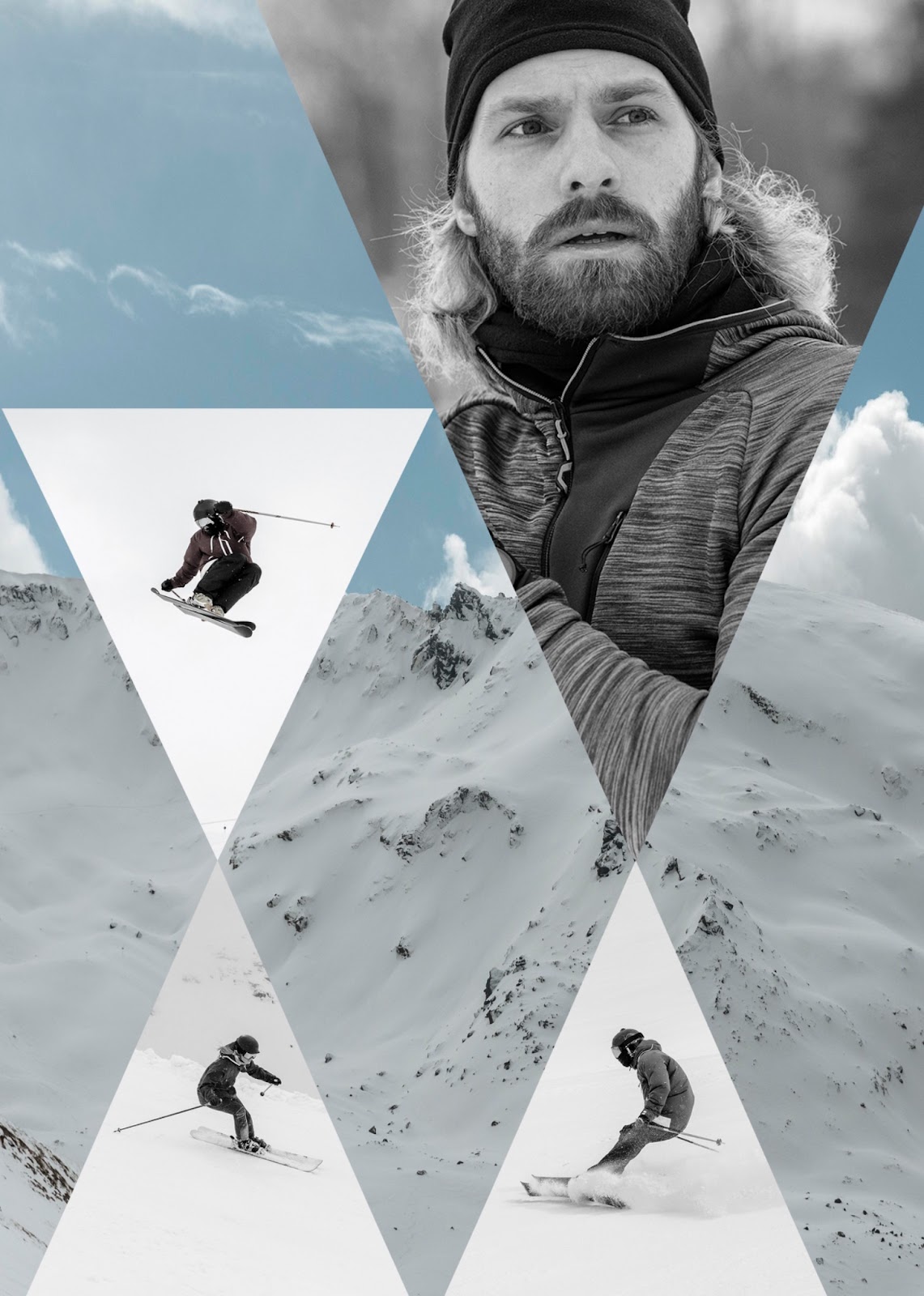
Becoming a good photographer requires a combination of technical skills, creative vision, and passion for art. Here’s a guide to help you become a good photographer.
Learn the basics: Brush up on your photography fundamentals, like photo exposure, composition, lighting, and camera settings for starters. Thus, If you study these fundamental concepts consequently, you will have a good and firm beginning of your photography.
Constant Practice: If photographers would rise to the occasion, it would become a better craft. It is also advised to find time to take photographs often and do some experiments in a variety of subjects, compositions, and lighting methods. Don’t be afraid of mistakes. It is an error that is needed for an individual not to remain static but to grow by learning.
Study the best photos: Analyze highly acclaimed photographers’ working styles across different genres and styles. Contemplate determinants of effect – background, mood, color arrangement, and manner of representation. Analyzing icons and photographs will [eventually, you will understand] build up your view and help your artistic vision.
Experiment with different techniques: Study more photography techniques, which cover the long exposures, the close-ups (macro photography), black and white photography, and portrait photography.You will find out what method suits you the best and explore your preferred kinds of photography by trying different techniques.
Know your gear: Don’t rush yourself. Get comfortable with your camera and the gear before going out there. Grasp the use of different types of lenses, settings and tools to get the effects you want in your pics. By familiarizing yourself with your devices, you gain more authority over choosing and directing your photography, thus giving you the chance to better translate your creative ideas.
Develop your creative vision: A photograph isn’t just about the image; it’s about the feelings you are able to evoke by the way you present those images, in essence, what you are saying and communicating. Spend time discovering yourself and knowing the things that you really love, things that burn in passion, and experiences that you think are the most significant. These are all the things that matter to you the most, so as a photographer, these should be your sources of inspiration. Develop a style that will be distinct for your own work from that of others’ work.
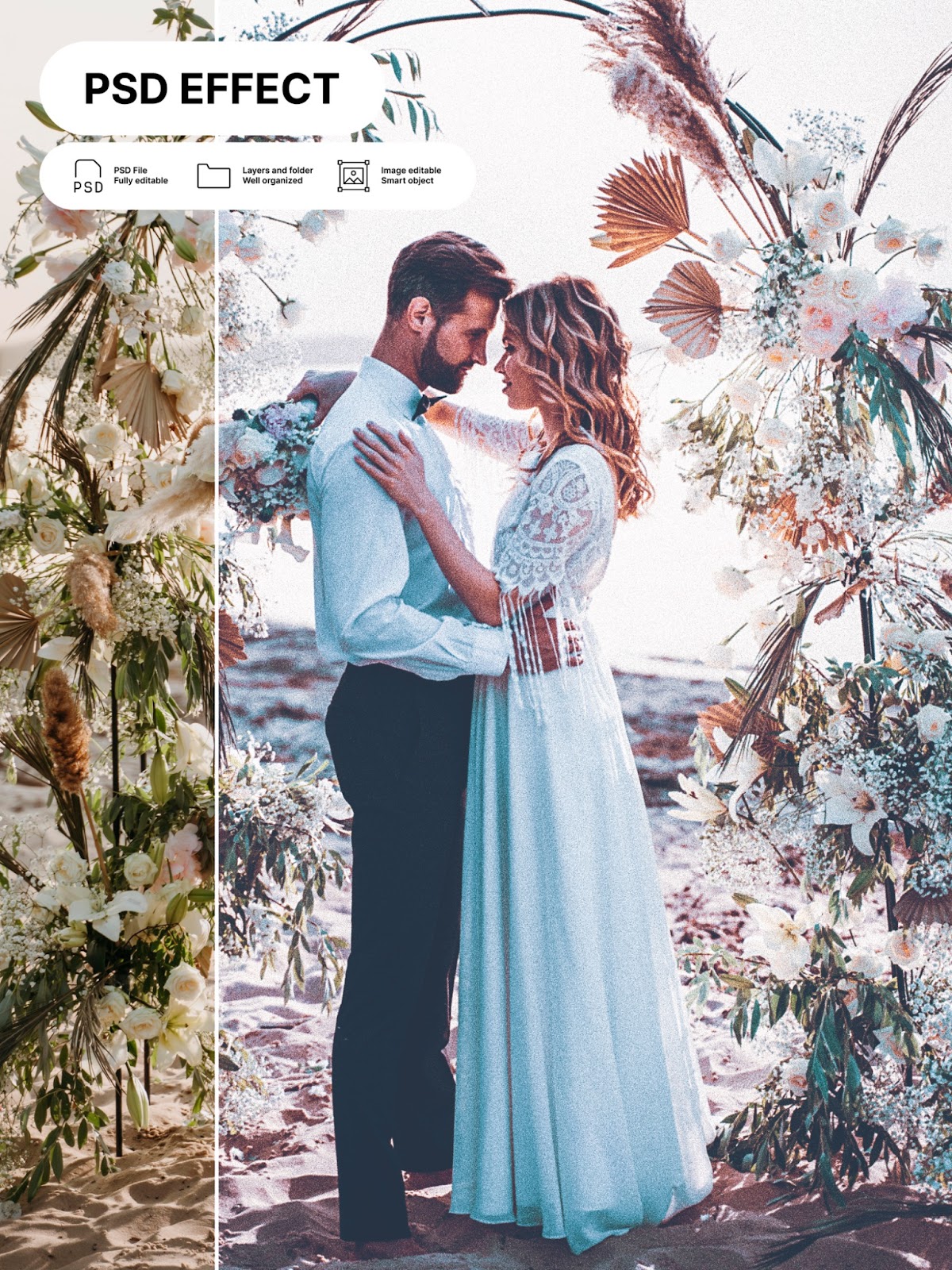
Focus on composition: Composition is probably the major element in photography and actually it is one of the primary factors defining a good photograph. Understand compositional skills including the rule of thirds, lead lines, framing, and symmetry. Discover various layouts to generate stage pictures that captivate the viewer’s audience.
Master Light: As photography is a term derived from the Latin word “photo”(light) and the Greek word “graph” (drawing), light is the essence of photography, so it’s important to know how to use and manipulate light. Learn how to get to grips with different types of light sources from dusk to dawn, and don’t be afraid to experiment with basic lighting techniques such as backlighting, side lighting, and golden hour photography. Understand the lighting technique used to build your photo with shadows and highlights and, therefore, a sense of depth and dimension.
Editing: Finally, the post-processing can significantly adjust your images to produce unique effects and add realism, so try not to forget about creative and careful editing techniques. How to properly edit pictures using Lightroom, Photoshop, and other photo editing software, especially knowing about adjusting exposure, contrast, color balance and the like, is essential. Strike the right cord between putting your visibility over and yourself.
Get feedback and learn from others: Allow yourself not only to exhibit what you have done but also ask for advice from enlightened people around you. Interact with the community of photography by attending workshops and walks and engaging with other photographers in both online and offline channels. In addition to that, sharing your ideas and getting feedback from others would prove useful to you as you develop as a photographer who shoulders the responsibility of expanding your vision.

Conclusion:
The master photographer is the one who will be able to take viewers with his visual stories to an emotional state, to make them wonder on and on. This surpasses technical skills and goes deep into the soul of the viewer and the photographer, where they have unison and bond beyond that of the masterpiece.
This reality is changed by the camera’s point of view, allowing us to get behind the scenes of more complex themes such as feelings, culture and understanding. Through all these snapshots, the spectators are provided access to a stimulating world of experience and commercials.
From the harmony of joy, loneliness, or wonder, the artist uses the visual language of the photo to touch some strings of our hearts, in which emotions like breaking up or liking remain with us forever.
At the same time, their ability to depict the inner feelings makes the images more complex than only depiction simple and straightforward, and the meaning of the artworks goes deeper. In a sophisticated method of mixing the elements of composition, light, and subject, the artists are able to achieve flamboyant visual masterpieces that depict universal truths and eternal beauty.

A photographer’s amazing life is a symbol of the burning of the passion, the excitement and the never-ending ahead. It is initially impressed by a very strong feeling to either freeze some moments in films or convey moods through pictures. They together with their cameras set out on an exploration of the world to make progress in their technical skills and be able to do better in their compositions.
They acquire the skill of controlling and modifying a light source by studying its behavior, properties and being able to manipulate them to make visual imaging possible. Only through the process of trial and failure do they reach their creative zenith and pipe that all the beat of their originality. This makes them stand out from the crowd.
They find inspiration everywhere, using nature, culture, and the human experience to bring depth and meaning to their work. You will encounter challenges and obstacles along the way, but they will help you move forward.
A good photographer knows the importance of storytelling and explains it to viewers on a deeper level through their images.